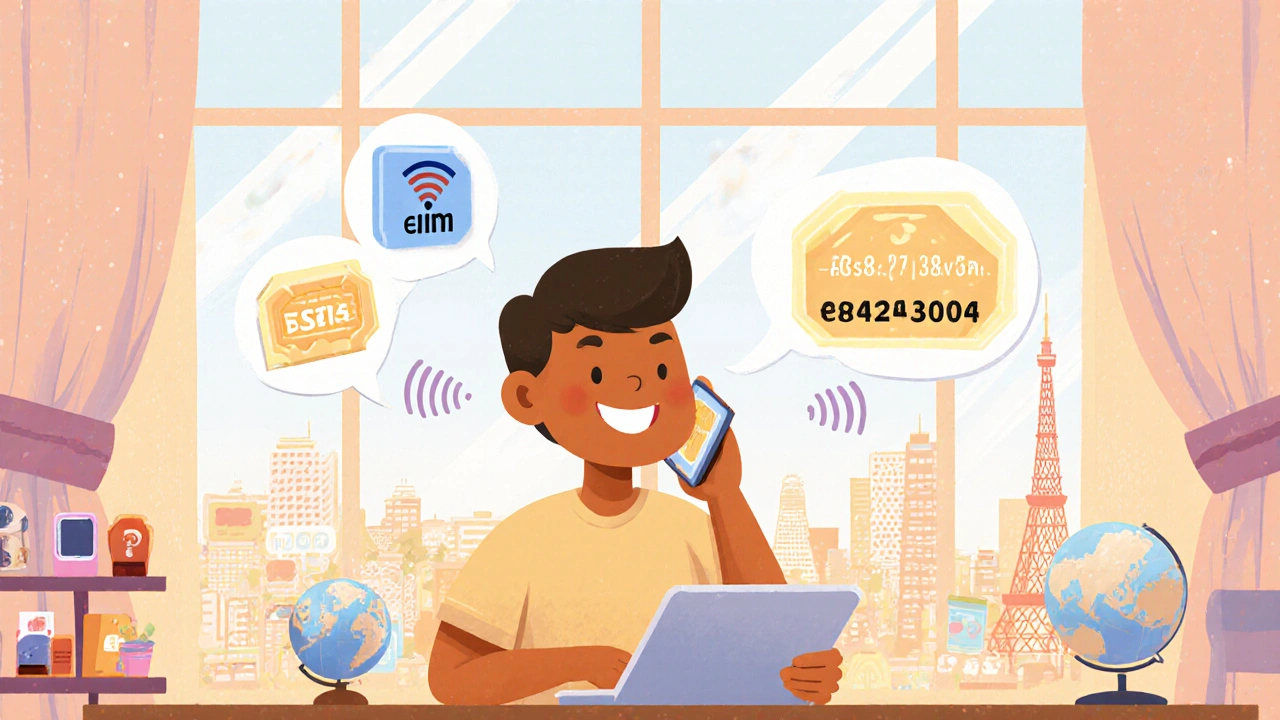Local Phone Number Abroad: How to Get and Use a Local Number While Traveling or Living Overseas
When you’re living or traveling abroad, a local phone number abroad, a phone number from a foreign country that makes you appear local to callers. Also known as a virtual phone number, it lets people in that country reach you at local rates—and you can answer from anywhere in the world using your smartphone, laptop, or VoIP desk phone. This isn’t just for tourists. Expats, remote workers, small businesses with international clients, and even families with relatives overseas use these numbers to avoid expensive international charges and build trust with local contacts.
Getting a local number abroad doesn’t mean signing a new contract with a foreign carrier. It’s done through VoIP, internet-based phone service that turns your internet connection into a phone line. IP telephony lets you pick a number in London, Tokyo, or Sydney, then route calls to your current device. This works because of SIP trunking, a method that connects your VoIP system to the public phone network using internet protocols. SIP trunking is what makes it possible to have a German number that rings on your phone in Mexico, or a U.S. number that forwards to your home in Brazil—all without changing your SIM card or paying roaming fees.
You might be wondering: Why not just use WhatsApp or Zoom? Because not everyone has those apps, and many businesses still expect you to answer a regular phone call. A local number gives you credibility. A client in Paris is more likely to pick up a call from a +33 number than one from a U.S. area code. It also helps with customer service, local deliveries, and even banking—some services won’t let you verify your identity without a local number.
And it’s not just about making calls. With the right VoIP setup, you can get voicemail, call forwarding, auto-attendants, and even SMS texting—all tied to your foreign number. That means you can run a small business from a beach in Bali and still appear as if you’re based in New York. Companies use this to open virtual offices without renting physical space. Families use it to stay in touch with aging parents who don’t use apps. Students use it to call home without blowing their budget.
The posts below show you exactly how to set this up, which providers offer real local numbers (not just call-forwarding services), how to avoid hidden fees, and how to make sure your calls stay clear and secure. You’ll find guides on choosing the right VoIP plan, connecting your number to your existing phone, and even how to handle emergency calls when you’re overseas. No fluff. Just what works—based on real setups by people who’ve been there.
